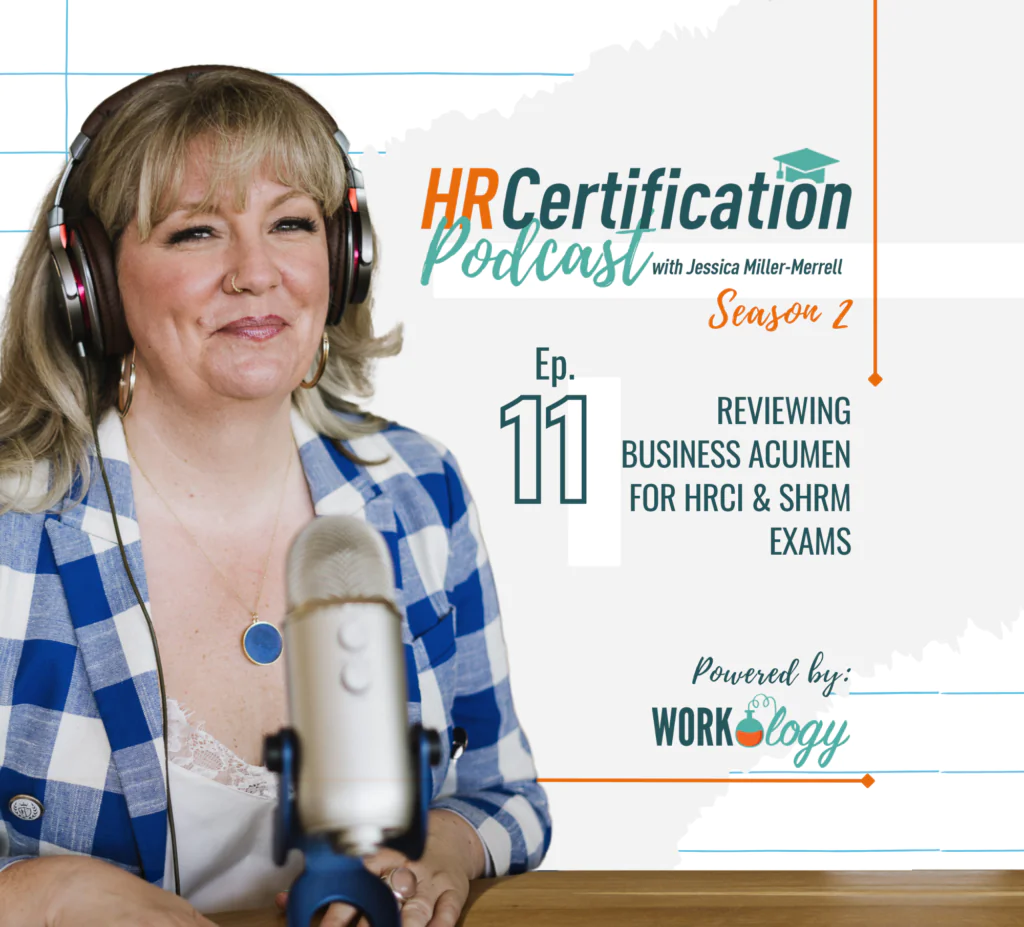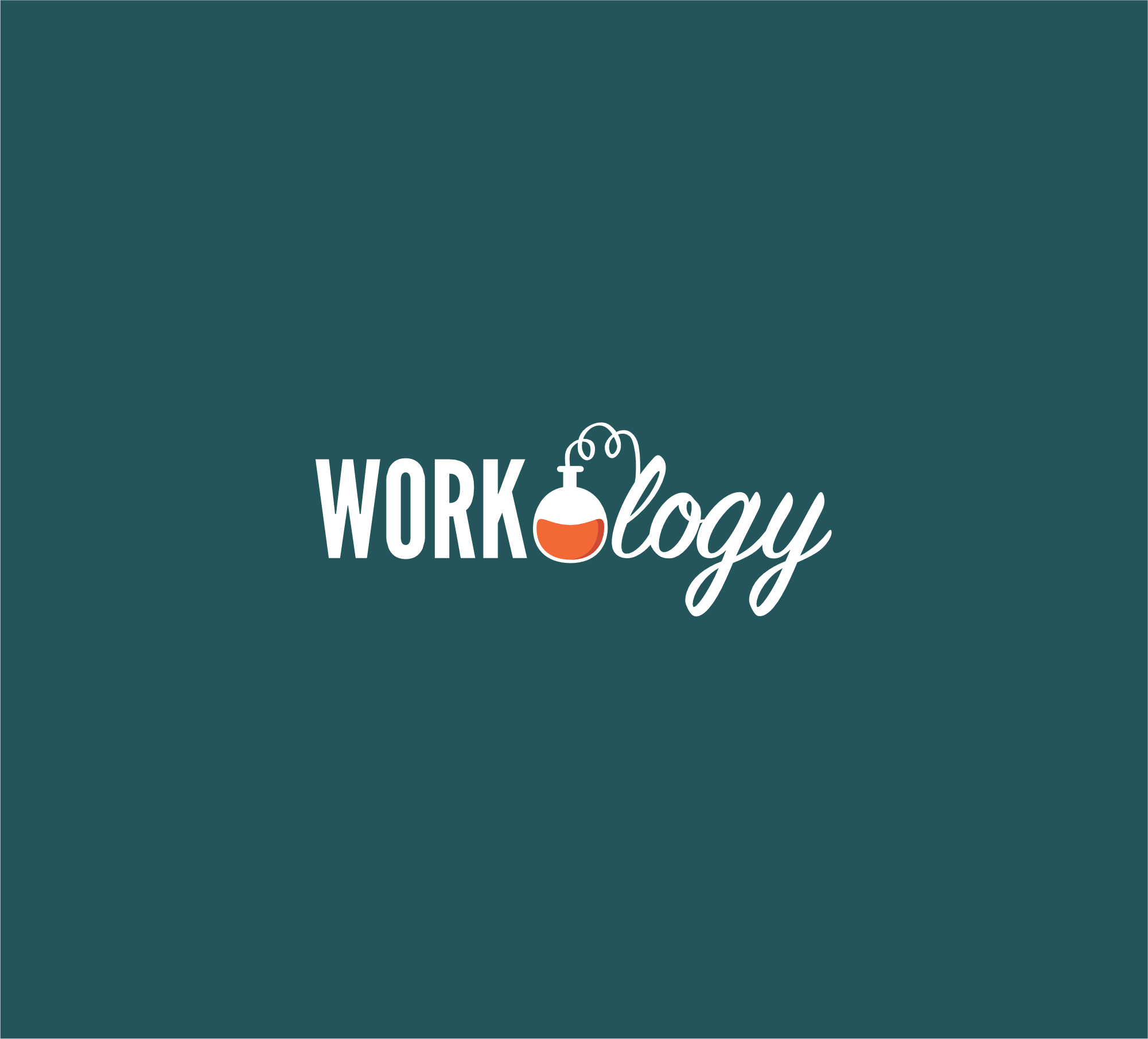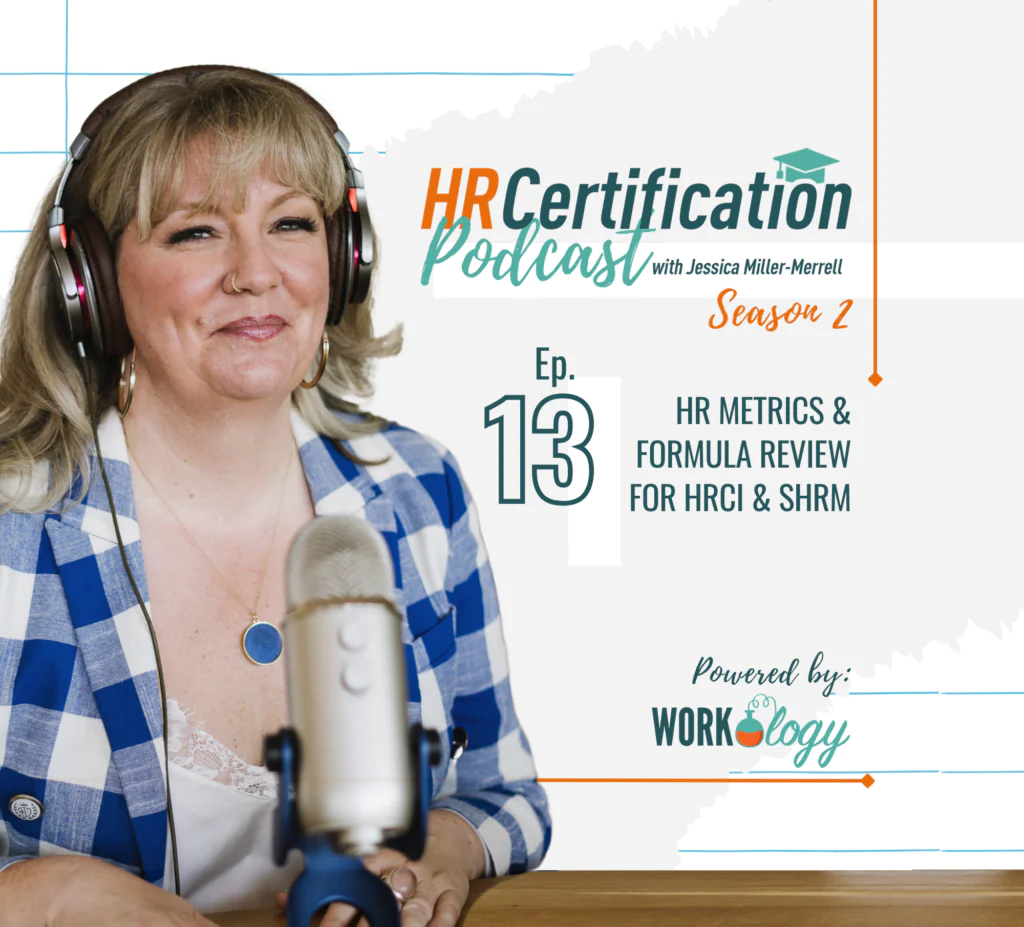In HR, performance management plays a significant role. We frequently engage in performance management-related activities, such as keeping track of annual reviews, coaching managers on employee concerns, or ensuring consistency in corrective action. The issue is that we can become fixated on the idea that performance management consists solely of paperwork, specifically the dreaded yearly review. Rather than focusing on the paperwork, we need to see performance management as an ongoing process.
More than an annual review
The global consulting company Accenture recently made headlines by getting rid of annual reviews. Does anyone like the annual review? Managers struggle to write them, employees stress about receiving them and HR gets tired of having to follow up with managers to get them in on time. The review requires a manager to distill a whole year of work down to a few pages, and we choose a 1-year period when the flow of our jobs does not necessarily flow in 12-month increments.
I have written before about how we should reimagine performance reviews and go beyond the annual review. Some argue that the annual review is a good way to document employee performance and can be used to justify corrective action or promotion; however, if you are documenting performance on a regular basis, it becomes unnecessary to do so on an annual basis.
Even if you have an annual review as part of your process, make sure that it does not become the main piece in your company’s approach to performance management. Train managers on all the pieces of performance management to ensure that they are taking it beyond the annual review.
Regular meetings with employees
Setting up frequent meetings with staff is essential to transforming performance management into a continuous procedure. This might be weekly, every other week, or monthly, depending on the size of your team and how independently they operate. By turning off your cell phone, setting your desk phone to do not disturb, and closing your door, you can avoid being distracted throughout the meeting.
Discuss the employee’s current projects, your expectations for the future days and any upcoming projects at the meeting. We often establish yearly goals during the standard performance review. The regular meeting with staff is another venue for doing this. Set a target for the employee and a deadline for the competition. Then follow up at the end of that period to ensure the goal was met or to readjust if it was not.
Provide the employee with an opportunity to talk about where they need support and any projects or skills they want to work on. This is a good time to assess if an employee has areas they would like to receive more training on and to set a course for advancement within the company. Take the time to review any areas where the employee needs improvement, and do not forget to include some positive feedback on things the employee is doing well.
Documentation & performance management
Document conversations about performance management. Make a note of what was discussed in your regular meetings with employees, any goals that were set, areas you coached the employee on and things you commended the employee for. Your notes need not be elaborate and can be a few bullet points to help you track an employee’s progress. This will be useful when making any employment decisions regarding the employee.
Pick a documentation technique that suits you the best. To make a few notes about a worker’s performance, utilize a Word document or the more conventional pen and paper. If you decide to write your notes by hand, make sure they are legible so they may be sent to another supervisor in the event that someone is transferred to another department or promoted. If you take the effort to provide employees continual feedback and keep records of their performance, progress will become a continuous process rather than a yearly event.







Comments are closed.